Cost-saving strategies are essential for businesses of any size, especially if you’re in a competitive industry or have tight margins. After all, keeping costs under control not only affects the overall profitability of a business, but can also mean the difference between staying afloat and going under in economically difficult times, which may or may not be on the horizon for the Australian economy.
With that said, squeezing a few percentage points here or there isn’t going to keep your business competitive if your overall operations are inefficient. This is why it’s important to consider both short and long-term cost savings when conducting a strategic cost audit.
Not sure where to start? In this article, we’ll dive into two longer term strategies that can help to stabilise profit margins whilst also increasing the overall value of your business; and we’ll also suggest some more immediate strategies that will have a fast impact on the financial health of your company.
Longer-term strategies
Cost Cutting Strategy #1: Reducing Your Wage Bill The Right Way
Wages can eat into profit margins in a big way. In fact, wages account for 60% of corporate expenses and the true cost of employment is often up to 1.4x the salary of an employee.
One way to reduce overall wage costs while not compromising on the quality of your talent is to automate your business operations wherever possible. Repeatable and routine tasks can be easily automated by software such as customer service requests, accounts payable and recruitment. Your top talent should therefore only be working on more strategic tasks that are both engaging and value-adding. For more information on which tasks you could seek to automate, read our detailed guide on automation here.
This strategy has extra benefits, including adding value to your business as well as making cultural shifts towards greater efficiency – both strong business-building strategies.
Cost Cutting Strategy #2: Reduce Your Office Space
After wages, commercial leasing costs for your office space are usually the second largest expense for a business.
Many organisations are moving towards activity-based working arrangements, hot-desking and remote working arrangements in order to save significant amounts on office rent, while simultaneously improving productivity.
Conducting an office space audit is a crucial step for any cost saving initiative and you may find you need less SQM than you currently have, or that you could make better use of the space you have with some simple rearrangements and tactics.
One way to significantly improve your office space is to declutter any unnecessary items and begin digitising documents and files that, let’s face it are just being kept in a dusty filing cabinet or shelf and taking up heaps of room.
With Uteck, we deliver reliable, cost-saving, document management solutions that are fully tailored to the needs of your business and have earned us a global reputation for maximising productivity and sustainability while significantly reducing cost.
As part of this we help with:
- Planning which documents need to be digitised
- Mapping company workflows in order to move away from paper-intensive manual processes, which are costly for your business.
- Designing and indexing and metadata structure that will make it easy for employees to find the appropriate documents once digitised.
- Ensuring quality control of documents, so that every piece is legible
- Automating the process at every stage to ensure ultimate efficiency.
Find out more about Contact Uteck.
Short-term cost cutting strategies
Short-term cost-cutting strategies are the kinds of solutions that you can implement in a smaller time frame, without the need for cultural change or an office move.
Reducing your business overheads is an obvious place to start and you can begin this by benchmarking your expense categories with your accountant, to see whether the ratio of your expense-to-revenue looks right in each case. This makes it easy to see where your spend is not in proportion to revenue, and identify where you can reduce it.
You can also try the the strategies below.
Short Term Cost Saving Strategy #1: Stop offering unprofitable products and services
Unfortunately, if you’ve found that some of the items you produce or services you offer have a negative gross margin, you won’t be able to make up for it in volume of sales because you’re losing money on each unit you sell.
Looking at the single-unit economics and lifetime value of your customers should give you an indication of whether or not the product/service is worthwhile keeping in the long term. If they are loss leaders that lead to more profitable opportunities down the line, then it may be prudent to keep them on regardless and absorb the short-term hit.
However, in general, you should either increase the price of your products and services or find ways to reduce the cost of goods sold if you don’t want to axe these unprofitable items altogether.
Establish your minimum acceptable gross margin in order to make a call on these products or services.
Another solution is to organise a partner referral program, whereby you organise for a partner business – one that is better set up to deliver that product or service – to do it on your behalf in exchange for a referral fee. This way, you don’t disappoint your customers and clients by removing a product or service they’ve come to expect from you, but also helps you generate an instant fee. This should cover and maybe exceed the cost of generating the lead in the first place, and also provide a strong solution for the customer.
Short Term Cost Saving Strategy #2: Make Strategic Pricing Changes
When was the last time you conducted an audit of your current pricing structure and a full competitor analysis? This tip may be less focused on where you can cut costs, and instead shifts the focus onto finding areas where you can increase profitability by charging higher prices.
In fact, Research by Deloitte shows that price management initiatives can increase a company’s margins by 2 to 7 percent in 12 months – yielding an ROI between 200 – 300%.
One way to do this is to conduct competitive pricing analysis, which is a structured approach to knowing the price of your direct and indirect competition.
Here are the steps to a thorough competitive pricing analysis:
- Identify your top 10 competitors
- Analyse their product/service offerings in a matrix format and how they are differentiated from you
- Compare costs of services/products on a like-for-like basis
- Identify areas where you add more value than competitors (and sanity check that customers actually care about it)
- Analyse the implications of increasing prices on the products/services where you add more value.
You may even find that it would serve your company better to reduce pricing on certain products in order to gain a competitive advantage and work off a higher volume game.
In conclusion
Keeping costs under control can be a difficult task, particularly when trying to build agility and speed in your organisation. Business process automation and digitising your documents and workflows are two strategies that will have a lasting impact on your efficiencies, and should be kicked off as soon as possible. In the meantime, short-term strategies can help your organisation remain competitive.



